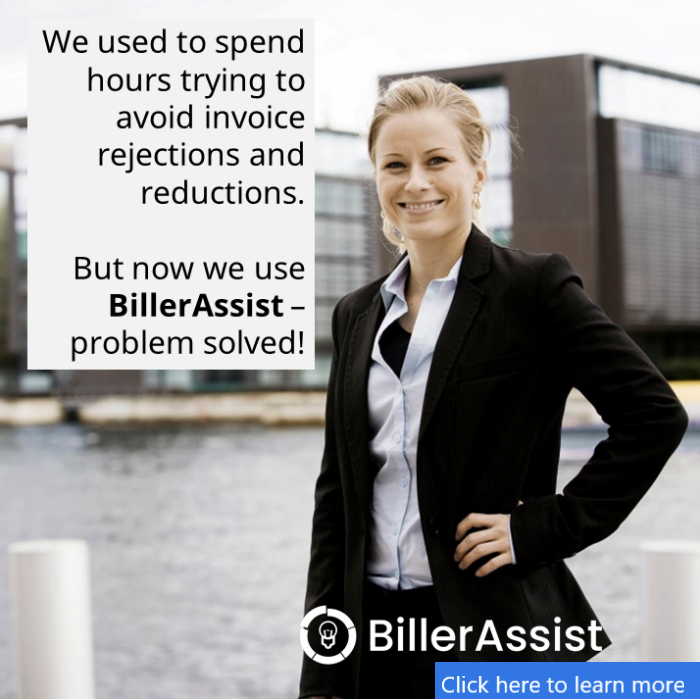The Power of Data-Driven Analytics for the Legal Industry
Business decision making processes are changing with the rise of analytics, cloud-computing tools, and big data.
Similarly, the legal sector is also evolving to implement new technologies to improve efficiencies and increase profitability.
In particular, various applications now enable accurate data standardization and related analysis with respect to internal employee and management performance metrics, as well as realization and collection rates.
By providing standardized and reliable data, these applications allow firms to increase profits, while also improving client satisfaction and retention.
Data Is Leading Business Solutions
In a world surrounded by instant access to information, it’s no surprise “data-driven” solutions are being sought after to guide important business decisions. The graduate program at Northeastern University describes “data-driven” as:
the decision-making process which involves collecting data, extracting patterns and facts from that data, and utilizing those facts to make inferences that influence decision-making.
Professionals in various types of businesses used to rely on “educated guesses” based on years of experience and intuition. Data-driven technologies aim to eliminate the guesswork and replace it with factual, logical, and analytical insights.
With this in mind, law firms can also apply data-driven strategies to modernize outdated and inefficient legal operations.
Solving a Significant Client Concern
A valuable component of successful law firm management is understanding the legal consumer, especially as to client sensitivities to law firm billing and legal expenditures.
A report by Harvard Business Review, “The Evolution of Decision Making: How Leading Organizations are Adopting A Data-Driven Culture”, finds that there is a new role of managerial judgment to use data to influence decisions made by executives, managers, and other organizational leaders.
The Harvard Business Review report also notes that analyses should be run first. When intuition does not agree with the data, you should “pay closer attention to the results."
Advances in Artificial Intelligence (AI) and machine learning technologies are making it possible for attorneys to also secure the benefits of data-driven technology for their practices.
Since the time of the “Great Recession”, law firm realization and collection rates have significantly declined. Prior to the Great Recession, law firms enjoyed average realization and collection rates both well above 90%.
However, according to a recent report by Georgetown University Law Center and Peer Monitor, realization rates have continued to drop even after the lows of the Great Recession to an average of only around 86%, while collection rates fell to only around 83%.
In fact, Clio’s recent Legal Technology Trends Report reveals clients are concerned about the cost and value much like attorneys are concerned about their own profitability. The reasons surrounding client dissatisfaction relate to pricing and transparency, with issues such as:
- The benefits are not worth the money
- Although the potential benefits may justify the cost, it’s still too much money to risk
- The overall and final cost isn’t clear
- Working with a lawyer seems overwhelming
The general client sentiment against the high cost of legal services is preventing attorneys from achieving greater profitability per hour spent at work.
However, recent technological advances made available to law firms means lawyers can spend more time performing legal duties and helping clients, and less time billing and haggling over unpaid bills.
How Low Productivity Impacts Revenue
Firms define and measure success by revenue, and the Legal Technology Trends Report shows that revenue remains a top priority among 84% of legal professionals.
The second priority following goals to increase revenue is improving efficiency of firm operations. The attorneys surveyed for the Report believe improving data insights is an additional priority.
The Legal Technology Trends Report also surmises that, after taking into account billing and time entry inefficiencies, writeoffs and time cuts for duplicative or excessive billing, clients paying less than the full amount of the invoice, and non-billable work activities, lawyers are missing out on as much as 5.6 hours of billable work every single day.
Although the Report reveals negative numbers relating to attorney efficiency, the Report also reveals an optimistic area to innovate and improve outdated operations.
Efficient Applications for Bill Processing
Many large and other tech-savvy law firms are adopting computer-assisted billing applications with valuable features that save time, provide for more accurate legal bill review, and ultimately help reduce unbilled and wasted work. Joshua Tashea, a legal affairs writer and ABA Journal columnist, recommends attorneys to research AI before adopting and integrating the technology into their practice.
Specifically, Tashea suggests that “[l]awyers should become facile with the conceptual risks and benefits of AI, including issues ranging from data privacy to effectiveness.”
There are now applications available which can reduce manual overhead by automating legal billing and task codes for a quicker and more accurate bill processing and review. A great feature about data-driven technology is that is uses a law firm’s or client’s unique historical data, which allows a particular firm’s or client’s practices and requirements to be implemented in a narrowly tailored fashion.
Moreover, it’s important to look for applications which offer various features that eliminate idiosyncratic billing reductions and tedious guesswork in myriad valuation decisions involved in the billing process.
The secret to balancing services with value is hidden in finding creative solutions to meet legal client expectations through technology.
Conclusion
Attorney competence in legal technology is essential as there are now currently 36 states which have adopted a duty of technology competence.
Technology will only continue to advance which means those in the legal industry will continue to see further pressure to adopt these technologies.
Luckily, there are emerging applications that are providing attorneys with the tools to easily address and balance client concerns while also increasing profits.




